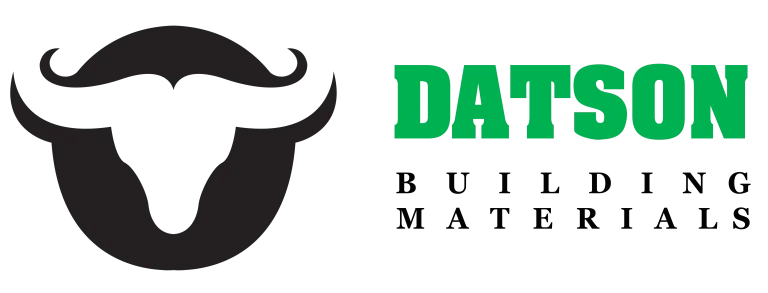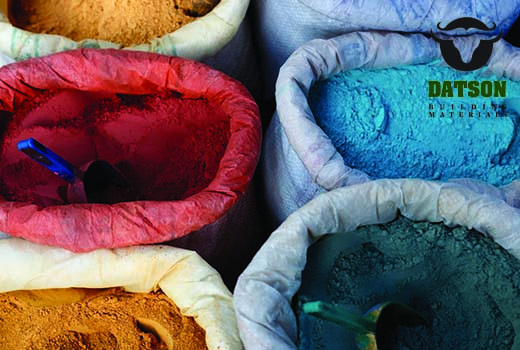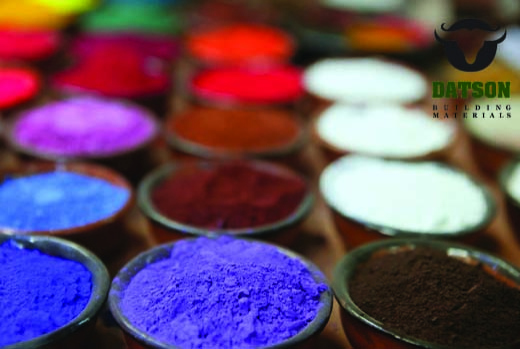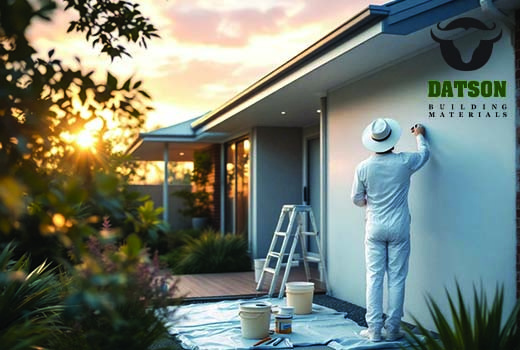Introduction
When it comes to choosing pigments for exterior paint formulations, color longevity, UV resistance, and environmental durability are among the top priorities. One of the most widely used colorants in this category is Red Iron Oxide, a pigment valued not only for its rich red hue but also for its resilience in outdoor settings. But what determines the true staying power of this pigment? The answer lies in the concept of Iron oxide pigment stability.
This article explores the role of Red Iron Oxide in Exterior Paints, examining its chemical makeup, performance in outdoor environments, and future developments in the paint and coatings industry.
Importance of Pigment Stability for Long-Lasting Color and Protection in Outdoor Applications
Exterior paints are constantly exposed to harsh weather, ultraviolet radiation, moisture, pollutants, and temperature fluctuations. This relentless exposure can cause color fading, chalking, peeling, and overall degradation. That’s where Exterior paint pigments like Red Iron Oxide prove their value.
Iron oxide pigment stability directly impacts how well a painted surface maintains its color over time. Stable pigments resist photo-degradation and chemical reactions that would otherwise alter their appearance. In construction, infrastructure, and industrial applications, color consistency is more than aesthetics it’s about brand identity, regulatory compliance, and even safety.
A pigment that fades prematurely can lead to costly repaints and affect surface performance. This is why Natural Red Iron Oxide in Exterior Paints is often favored not just for its color, but for its proven durability under environmental stress.
Chemical and Physical Properties of Red Iron Oxide
Red Iron Oxide, chemically known as ferric oxide (Fe₂O₃), is a naturally occurring mineral that can also be synthetically produced. Its vibrant red tone comes from iron atoms bonded with oxygen atoms in a specific crystalline structure.
From a materials science perspective, this pigment is characterized by:
- High tinting strength
- Excellent UV resistance
- Low solubility in water
- Non-toxicity
- Resistance to acids and alkalis
These traits make it highly suitable for use in masonry paints, roofing coatings, stucco finishes, and exterior architectural coatings.
Influence of These Properties on Pigment Performance and Stability
The stability of Red Iron Oxide is rooted in its crystal structure and chemical inertness. The hematite form (α-Fe₂O₃) is thermodynamically stable and does not easily break down when exposed to sunlight or atmospheric pollutants. This contributes to Iron oxide pigment stability, making it reliable in harsh environments.
The pigment’s particle size also affects how it behaves in a paint matrix. Smaller particles tend to disperse more evenly, providing consistent color and better coverage. However, excessively small particles may agglomerate or affect viscosity. A balance in physical properties ensures optimal performance in exterior coatings.
Factors Affecting Pigment Stability in Exterior Paints
Even the most stable pigments can degrade under certain conditions. The stability of Exterior paint pigments depends on several interconnected factors:
- UV Radiation: Continuous exposure to sunlight is a primary cause of pigment breakdown. Though Red Iron Oxide resists UV light better than many organic pigments, its protection still depends on the binder and additives used in the paint formulation.
- Moisture and Humidity: Water ingress can lead to pigment leaching or binder degradation. Fortunately, Red Iron Oxide is hydrophobic and chemically inert, making it more water-resistant than other options.
- Temperature Extremes: Freeze-thaw cycles, heat exposure, and thermal shock can expand and contract coatings, causing microcracks. This allows moisture and air to reach the pigment layer. Chemical Exposure: Salts, acids, industrial pollutants, and cleaning agents can interact with pigments. Red Iron Oxide is particularly resistant to these threats due to its chemical stability.
- Paint Formulation: Not all paints are created equal. The binder, resin type, dispersants, and other additives can significantly impact pigment longevity. Some formulations may react negatively with even stable pigments, leading to unexpected discoloration or fading.
Enhancing Pigment Stability in Paint Formulations
To improve the Iron oxide pigment stability in paints, manufacturers focus on optimizing formulations that preserve pigment integrity. Here are some key approaches:
- Use of High-Quality Binders: Acrylics, siloxanes, and polyurethane resins help form a durable film around the pigment particles, offering additional protection against UV rays and moisture.
- Surface Coating of Pigments: Some manufacturers treat pigment particles with silica or alumina to reduce surface reactivity. This increases resistance to environmental stressors and improves dispersion.
- Advanced Dispersants: Modern dispersing agents help maintain even pigment distribution, reducing clumping and ensuring consistent color performance throughout the lifespan of the paint.
- Additives for UV Stabilization: UV absorbers and hindered amine light stabilizers (HALS) can be included to protect both pigment and binder from photo-degradation.
- Controlled Particle Size: Achieving an optimal particle size ensures strong color without compromising viscosity or weather resistance.
By carefully balancing these components, formulators can greatly enhance the performance of Red Iron Oxide in Exterior Paints, ensuring that coatings look better and last longer even in the most demanding environments.
Environmental and Economic Considerations
The durability provided by Iron oxide pigment stability doesn’t just improve performance, it also reduces environmental impact and maintenance costs. A longer-lasting exterior paint means fewer repaints, less material consumption, and lower labor costs over time.
Additionally, Red Iron Oxide is one of the most sustainable pigments available. It can be extracted from natural sources or synthesized from industrial by-products, minimizing environmental waste. Natural Red Iron Oxide also appeals to eco-conscious manufacturers seeking sustainable yet high-performing pigments.
From an economic standpoint, using a highly stable pigment reduces the total cost of ownership for infrastructure projects and buildings. That’s why reputable brands like Datson and others in the paint and construction industry prioritize pigment longevity in their product lines.
Future Trends and Innovations
As sustainability and performance become even more critical, the industry continues to innovate around Exterior paint pigments. Here are some developments shaping the future of Iron oxide pigment stability:
- Nanotechnology: Researchers are exploring nano-sized Red Iron Oxide particles that offer even better color strength and dispersion. These advancements can increase efficiency without compromising durability.
- Smart Coatings: Integration of self-cleaning or self-healing properties into exterior coatings may further extend pigment life by reducing surface contamination and microdamage.
- Bio-based Binders: As the demand for greener products rises, the focus shifts to bio-based or low-VOC resins that still provide excellent protection for pigments like Red Iron Oxide.
- Digital Color Matching: Advances in digital pigment analysis help formulators create more accurate and stable color blends, minimizing waste and improving customer satisfaction.
These innovations point toward a future where Iron oxide pigment stability will not only continue to play a central role in architectural and industrial paints but will also evolve to meet the challenges of climate change, urban pollution, and consumer expectations.
Conclusion
When selecting a pigment for exterior paints, durability is just as crucial as color vibrancy. Red Iron Oxide in Exterior Paints offers a unique combination of rich hue, UV resistance, and environmental endurance. Its chemical and physical properties make it one of the most stable and reliable Exterior paint pigments on the market.
The concept of Iron oxide pigment stability extends beyond scientific curiosity, it has real-world implications for cost savings, environmental stewardship, and long-term performance. By understanding the factors that affect pigment performance and embracing new formulation techniques, manufacturers and designers can ensure that exterior surfaces remain vibrant, protected, and beautiful for years to come.
As technologies evolve and environmental regulations tighten, the future looks bright and sustainably red for Red Iron Oxide.



